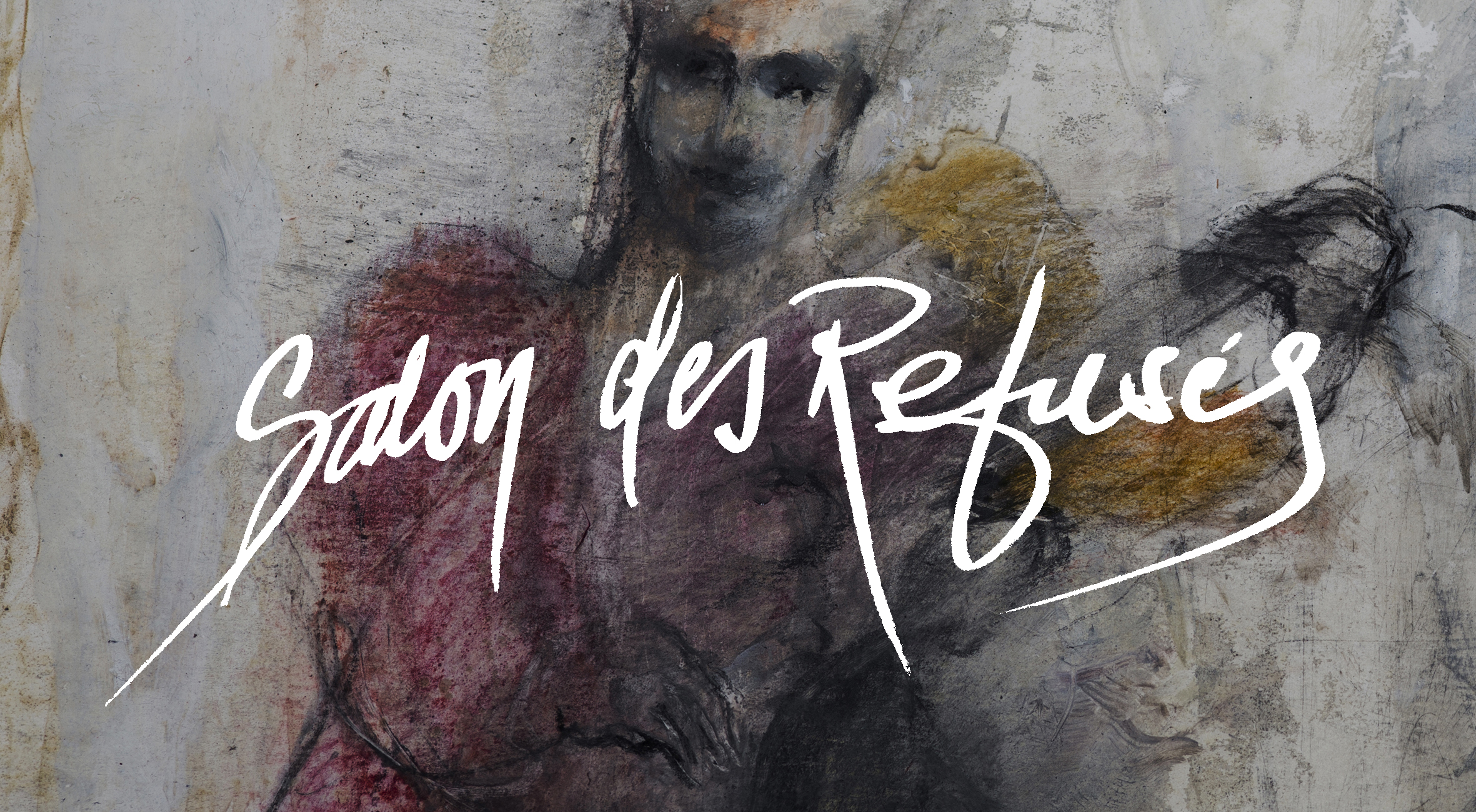”There has never been a time where improvisation has been given the respect it deserves” ⁴ – Keith Jarrett
I once told one of my teachers that I would like to be able to do what piano player Keith Jarrett usually does when performing, meaning just sitting down with my bass without any planning or idea on what to play. To sit down with the instrument and just be able to take off and go wherever the music wants to go! I like to romanticize about the musical genius where magic just happens but for me some sort of structure is needed otherwise the music will be all over the place and most likely not make very much sense. If I wake up inspired one day and music just flows from my fingertips then good for me, but a structure can come in helpful the other 364 days of the year. In his book Blink ⁵ (with the beautiful subtitle The power of thinking without thinking) author Malcolm Gladwell has a chapter called “The structure of spontaneity”. The chapter is about an improvising comedy group in New York called Mother, describing one of their performances. Improvised theater might appear random and chaotic when in fact a lot of time is spent practicing but also that certain rules are required for good improvisations to happen. In short Gladwell writes: spontaniety isn’t random! It happens because you have honed your skills and because you have created platforms where you are able to start improvising and then the music can grow from there.
This is something I have tried to adapt especially in my quest for solo improvisation. To have certain musical structures on which I feel comfortable to improvise so I at least have a direction when I start, or something to fall back upon. You can also hear that even a master such as Jarrett uses some kind of structure. By listening to a lot of his more recent work I found out what I now call the “The Jarrett”. The “Jarrett” is sort of a reversed The Indian in the sense that it’s also 3 parts but starts wild and ends tranquil. First part is usually something very free in both rhythm and choice of notes. This style is easiest described as what’s usually called ”free improvisation”. In my ears it’s perhaps not really that pleasant but I feel it works more as a set up (in the same way for the second part, which is more harmonic, more grooving but it is also setting up for the third part. The third and last part ties it together with a slow and melodic feeling. Since you’ve had all this seemingly unorganized music free from melody for a while I feel the ears can relax a bit in the third part. I think of it as a very nice and easy way to structure part of a concert while also giving yourself freedom to fill the structure with whatever you like.
For the an example of the master himself I recommend listening to Keith Jarrett – The Carnegie Hall Concert parts I, II and III (released 2006 on ECM Records).
